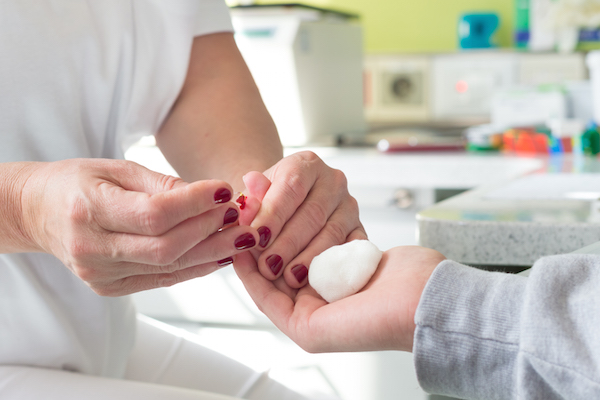
MONDAY, July 30 (HealthDay News) — Women and children first? It’s actually been more like women and children last, according to a new study of ship disasters going back to the 19th century.
“‘Women and children first’ is a myth and human behavior in life-and-death situations seems to be better described by ‘every man for himself,'” said study co-author Oscar Erixson, a graduate student at Uppsala University, in Sweden.
That doesn’t sound very gallant at all. A specialist in human behavior, however, questioned the value of the research and said the study is weak.
“Women and children first” is a longtime disaster protocol, especially in shipwrecks, and it’s been controversial for at least a century. Debate broke out in the United Kingdom after the Titanic’s sinking over whether women deserved special treatment at the same time that suffragists were demanding equality of the genders.
A 2010 study by other researchers suggested that women are more likely to survive a sinking ship if it sinks slowly, allowing the women-and-children priority to take hold. The new study, however, looks at a larger number of shipwrecks and uses its results to debunk that idea.
The researchers examined 16 ship disasters from 1852 (when a British ship ran aground in the Indian Ocean, killing 365) to 2011 (when a Russian cruise ship sank off Russia, killing 110.) The most famous ship disaster, the 1912 sinking of the Titanic, is included, along with the runner-up: the wartime sinking of the Lusitania in 1915 due to a German torpedo attack.
The Titanic was unusual because women were more than three times more likely to survive than men, the researchers wrote. Overall, they found, women were less than half as likely as men to survive ship disasters. Children seem to be even less fortunate.
The authors zing the British in particular: “women fare worse, rather than better, relative to men in maritime disasters involving British ships. This contrasts with the notion of British men being more gallant than men of other nationalities.”
The study appeared online July 30 in the Proceedings of the National Academy of Sciences.
Could women have been more likely to stay in their rooms during a disaster or less likely to scramble for lifeboats? Study co-author Erixson doubts it, although he said restrictive clothing and lack of swimming skills could have affected women’s survival until fairly recently.
As for why the research matters, Erixson said it’s important to understand how people act in life-and-death situations. “Research about how people behave under extreme stress and danger is scarce,” he said, and could be helpful to those who design ships.
Paul Zak, chair of the Center for Neuroeconomics Studies at Claremont Graduate University, in California, questioned the findings, saying they provide “almost no insight” into why people acted the way they did during the sinkings. “Personality traits matter here, as does reaction to stress,” he said. “The key question they cannot answer is: Which individuals choose to help others rather than save themselves? Why did they do this, and what were their reasons? For example, after 9/11 there were countless individual stories of helping others at extreme costs, and there was the same thing in the Aurora theater shooting.”
Zak said the dictates of biology and his own research suggest that men who had children would support the idea of “woman and children first,” while men and women without kids wouldn’t. “Think of your own life — if your wife and kids were on a ship going down, all your instincts would be to save them first. The fewer genes I share with you, the less likely I am to sacrifice to help you.”
Still, heroes exist who help others not related to them at their own expense. Previous research has looked into “heroes” who save others and found that they tend to be male and blue-collar workers, Zak said.
The new study would be more meaningful had it included information about the social status and occupations of the people on the ships, he said.
More information
To learn why ships sink, try the PBS “Nova” TV show.

